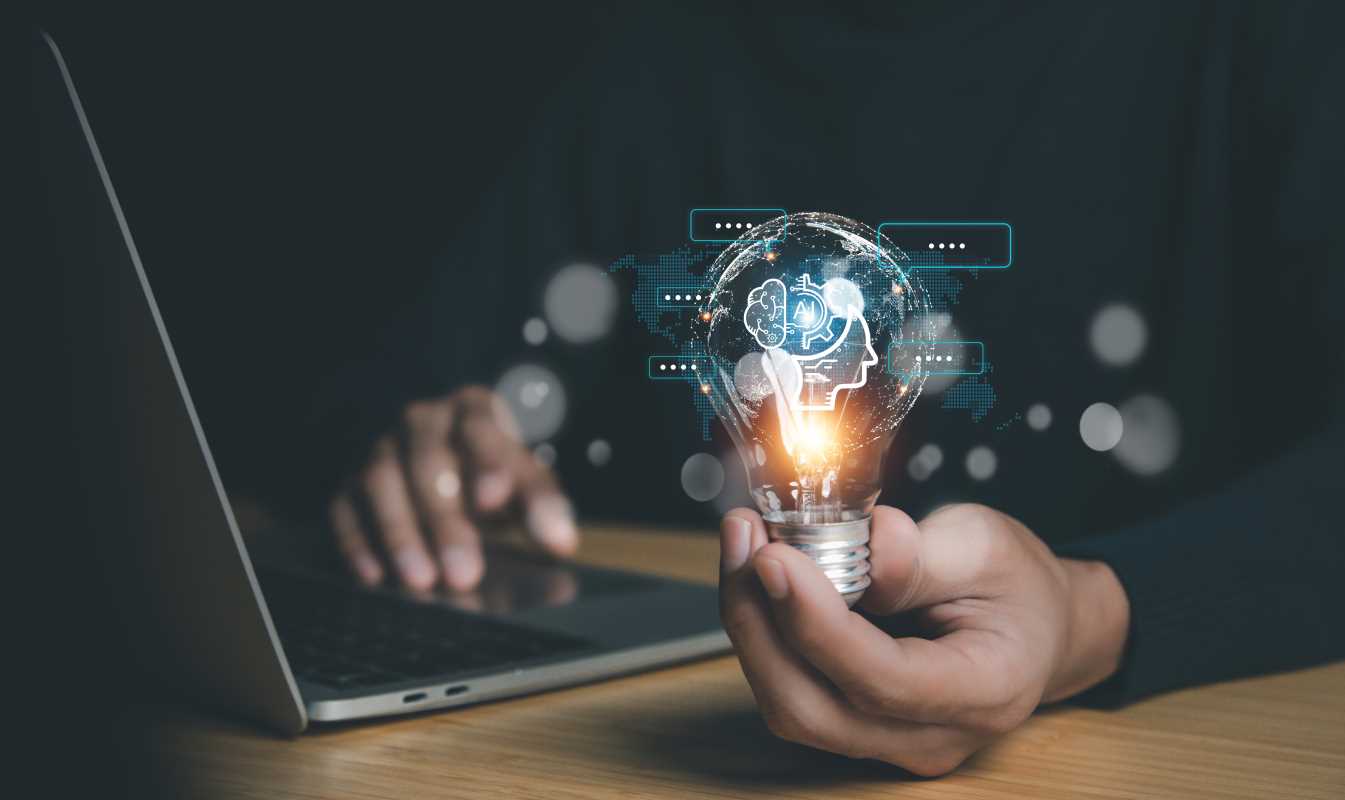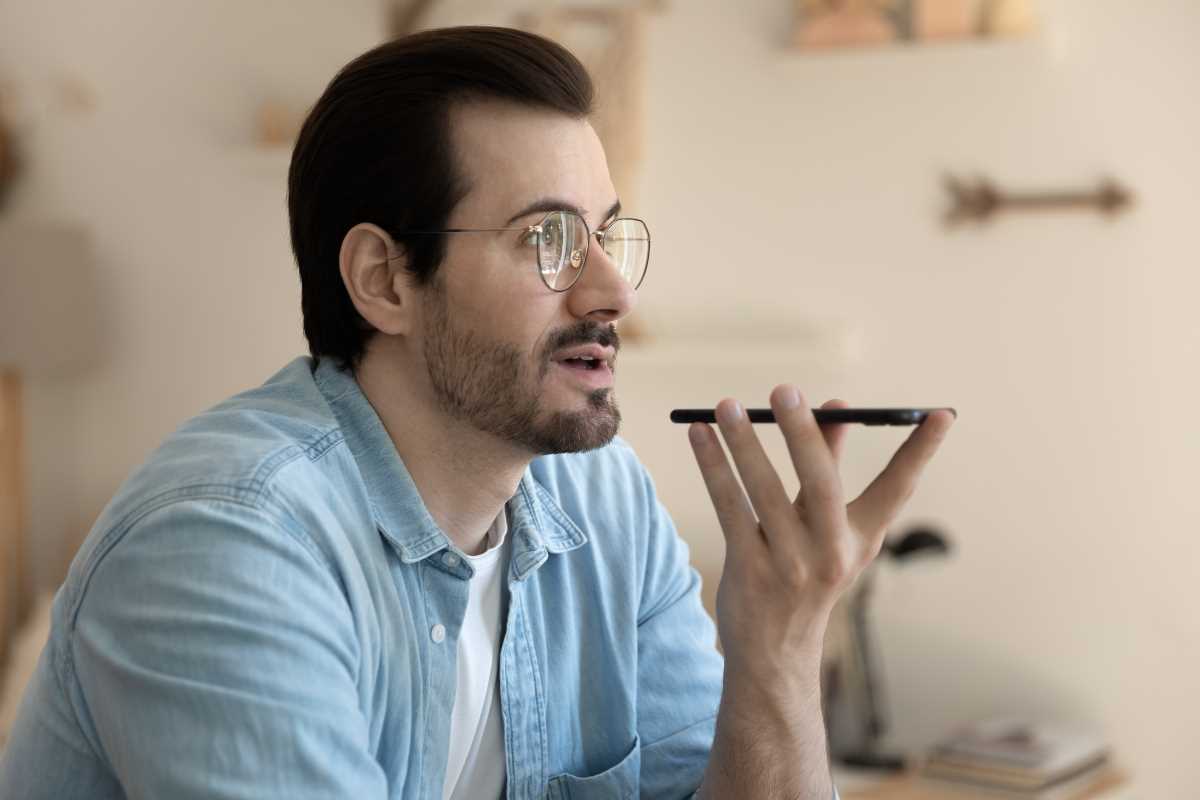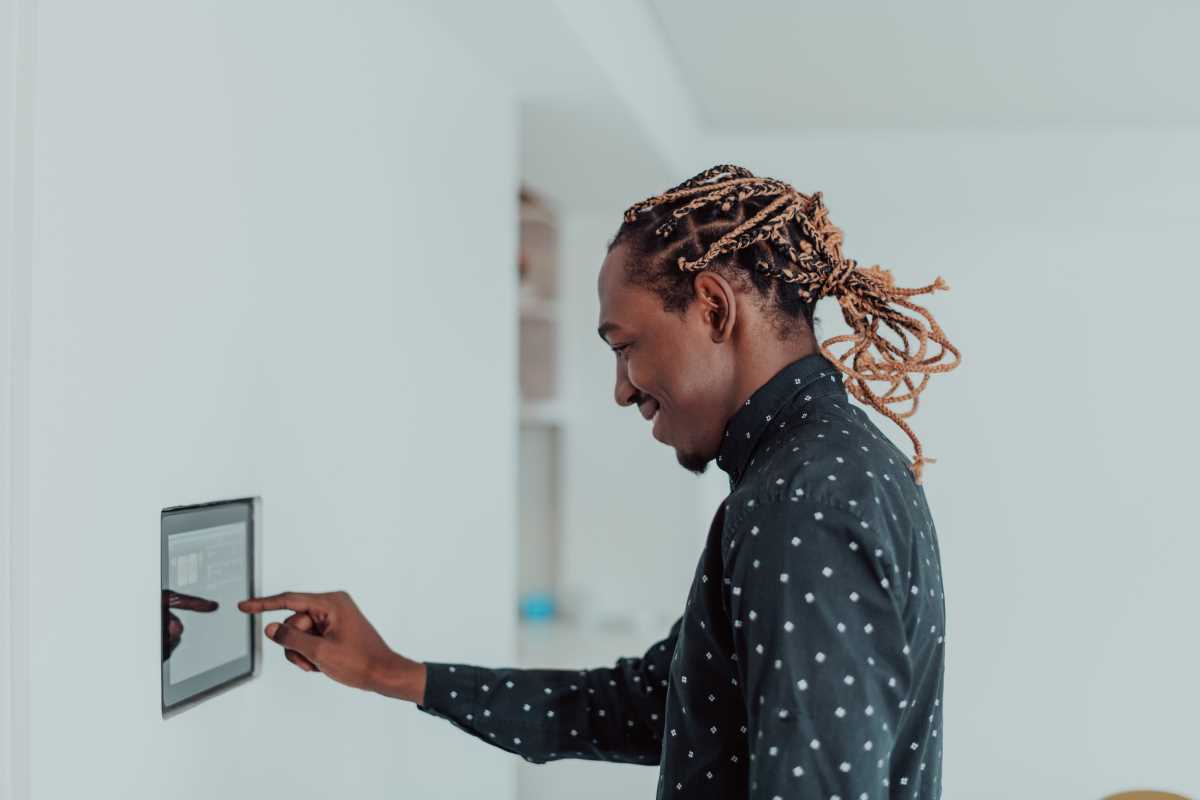The idea that artificial intelligence (AI) could one day replace creative people might sound like something out of a sci-fi movie. After all, creativity has always been considered a deeply human trait, tied to emotion, experience, and imagination. Yet, as AI technologies become more advanced, tools like ChatGPT, DALL·E, and music-generating software are taking on creative roles like writing essays, producing art, and composing songs.
This has sparked a lot of questions. Can AI truly match human creativity? Will artists, writers, and musicians lose their jobs to machines? Or is AI simply a new tool that creatives can use to amplify their work? To better understand what’s happening, we need to take a closer look at how AI is being used in the worlds of art, writing, and music, and whether it’s even possible for machines to truly replace human creativity.
How AI Is Transforming the World of Art
AI tools have entered the art world in a big way. Programs like DALL·E and MidJourney allow users to create images just by typing a description. For example, you could type “a futuristic cityscape at sunset, watercolor style,” and the software would generate a unique picture based on that text.
Does AI Art Count as Real Creativity?
One of the biggest debates about AI in art revolves around whether it can actually be called “creative.” Creativity often involves drawing inspiration from lived experiences, emotions, and a personal vision. AI, on the other hand, generates art by analyzing vast amounts of existing images to detect patterns and styles. It then blends those patterns to create something new.
While the results can be impressive, critics argue that AI isn’t truly creative because it doesn’t feel or think. It doesn’t have intentions, emotions, or a unique perspective. Supporters, however, see AI as a tool that allows humans to quickly experiment with ideas and push artistic boundaries.
The Role of AI in the Art World
Even though AI is a powerful tool, it hasn’t replaced human artists. Instead, it’s being used to make certain parts of the creative process more efficient. For example:
- Graphic designers might use AI to quickly generate concept art.
- Architects use AI tools to experiment with building designs.
- Traditional artists can combine AI’s outputs with their own vision to create hybrid pieces.
AI isn’t putting artists out of business just yet. Instead, it’s giving them new ways to express themselves.
Writing and AI: Co-Author or Competitor?
Writing has long been seen as one of the most human of arts, relying on language, storytelling, and cultural context. But AI writing tools, like ChatGPT and Jasper AI, are showing that machines can create articles, essays, and even poetry that sound convincingly human.
How AI Creates Written Content
AI tools generate text by processing huge amounts of data, such as books, websites, and news articles. When you give it a prompt, it predicts the next words based on what it has learned about grammar, style, and content. This makes AI excellent at mimicking human writing.
For instance, you could ask AI to write a blog post on climate change or a short science-fiction story, and it would produce fairly readable results in seconds.
Can AI Replace Human Writers?
AI is certainly useful for generating ideas, summarizing information, and even writing basic content, but it has its limits.
- Lack of Original Thought: AI doesn’t have personal experiences or opinions, so it struggles to produce truly original or thought-provoking work.
- Context and Nuance: While it can mimic conversational tone, AI often struggles with deeper meanings, cultural references, or complex emotions.
Human writers shine when it comes to creative storytelling, understanding their audience, and creating emotional connections. Rather than replacing writers, AI might act as a helpful assistant, taking care of repetitive tasks like drafting or brainstorming.
Music Meets AI
Music, which is often tied to deep emotional expression, is another area where AI has made an entrance. Platforms like AIVA and Amper Music are capable of composing songs in a variety of styles. Whether you need soothing background music for a video or a dramatic orchestral track, these tools can generate it in seconds.
How AI Composes Music
AI composes music by studying patterns in existing songs. It looks at how notes are arranged, how melodies flow, and how rhythms are built. Based on this analysis, it produces original music that fits a particular mood or genre.
For example, businesses might use AI to generate royalty-free music for their commercials, or independent filmmakers might use it to create background scores.
Human vs. AI in Music Creation
While AI can create music that sounds good, it lacks the personal touch, emotion, and cultural significance that human musicians bring to the table. Think about your favorite songs. Chances are, they resonate with you because the artist poured their own emotions and experiences into the work. AI can mimic certain styles, but it doesn’t have the ability to connect on a personal level.
Human musicians are also adapting AI into their work, using it to remix tracks, come up with new beats, or experiment with sounds they might not have thought of themselves.
The Limits of AI
While AI is capable of producing impressive works of art, writing, and music, it’s still far from being a true replacement for human creativity. There are several reasons for this.
- Emotion: Creativity is often tied to feelings like joy, sadness, or curiosity. AI doesn’t experience these emotions, so its creations can sometimes feel flat or mechanical.
- Originality: AI works with existing data, which means it can’t create something truly groundbreaking or completely new.
- Context and Culture: Humans create with an understanding of their audience, cultural meanings, and historical significance. AI lacks the ability to understand the complex world in the same way.
Rather than viewing AI as a threat, many creatives see it as a tool. Here are some ways AI is helping creative professionals rather than replacing them:
- Efficiency: AI speeds up time-consuming tasks like drafting, generating ideas, or editing.
- Accessibility: AI tools can make creative industries more inclusive by providing tools that are easy for beginners to use.
- Experimentation: These tools can inspire new styles, genres, and methods that traditional artists might not explore on their own.
 (Image via
(Image via





